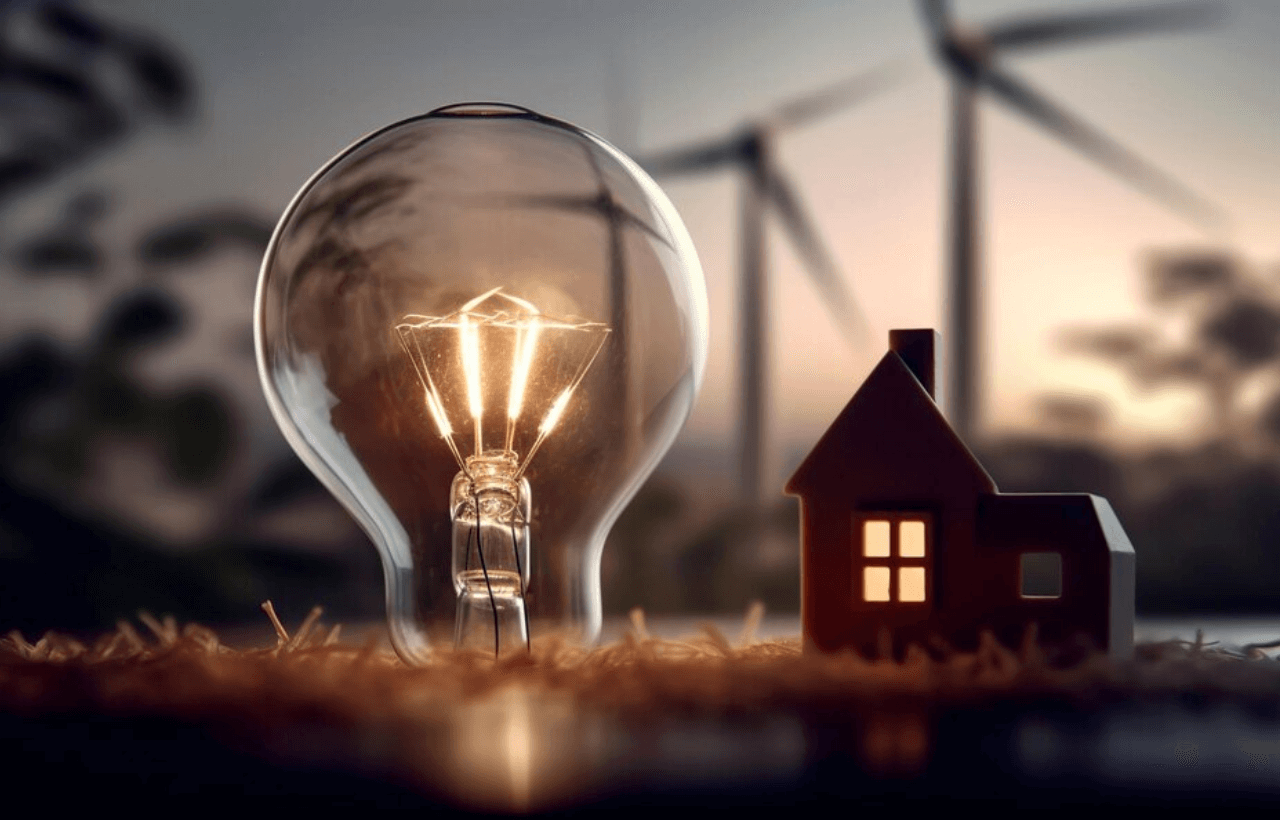The advancement in smart home automation is revolutionizing the way we interact with our living spaces. By integrating lighting and climate control systems, we are stepping into a future where our homes not only provide comfort but also adapt to our needs, optimize energy usage, and enhance our overall quality of life.

Smart Home Technology Explained
At the heart of smart home automation lies the ability to connect and control home systems and devices remotely. This technology encompasses everything from lighting and climate to security and entertainment systems, creating an interconnected ecosystem that learns and adapts to the homeowners’ habits and preferences. With the incorporation of sensors, artificial intelligence, and internet connectivity, smart homes can automate tasks, provide insights, and respond to voice commands, offering unprecedented levels of convenience and efficiency.
The Evolution of Smart Lighting
Smart lighting systems have transformed the simple act of illuminating our homes into an art form. These systems allow users to control the intensity, color, and timing of lights, creating ambiance, enhancing security, and even improving well-being. Beyond the aesthetics, smart lighting contributes to energy conservation by adjusting brightness based on occupancy or time of day, making it a cornerstone of the eco-friendly smart home.
Best Smart Home Lighting Devices
-
- Philips Hue Smart Bulbs: Renowned for their quality and wide range of colors, Philips Hue bulbs allow for extensive customization and can be controlled remotely via an app, voice commands, or automation routines. They work with major smart home ecosystems like Amazon Alexa, Google Assistant, and Apple HomeKit. Discover Philips Hue .
-
- LIFX Wi-Fi LED Bulbs: LIFX bulbs stand out for their vibrant colors and easy setup, as they connect directly to Wi-Fi without the need for a hub. They offer a wide color range and are compatible with Alexa, Google Assistant, and HomeKit. Explore LIFX Bulbs .
-
- Wyze Bulb: Offering great value, Wyze Bulbs are an affordable entry into smart lighting. These bulbs provide white light temperature adjustment and can be controlled via the Wyze app, voice commands, or automations. Check out Wyze Bulb .
-
- Nanoleaf Light Panels: For those looking to add a unique aesthetic touch to their homes, Nanoleaf offers modular light panels that can be arranged in any pattern and produce millions of colors. They’re perfect for creating dynamic wall art that’s also functional. See Nanoleaf Panels .
Climate Control in the Smart Home Ecosystem
Climate control goes beyond mere temperature adjustments. Today’s smart thermostats and HVAC systems offer personalized comfort by learning from our routines and preferences. They adjust the home’s climate for optimal comfort and efficiency, reducing energy consumption and costs. Integrating these systems with smart lighting and other devices further enhances the living environment, creating a cohesive and intelligent ecosystem.
Best Smart Climate Control Devices
- Nest Thermostat: Google’s Nest Thermostat learns your schedule and preferences to adjust your home’s temperature automatically, saving energy. It’s sleek, user-friendly, and compatible with most HVAC systems, making it a top choice for smart climate control. Learn more about Nest .
- Ecobee SmartThermostat: With its remote sensor capability, the Ecobee SmartThermostat can read temperatures in multiple rooms, ensuring even climate control throughout the house. It also features Alexa built-in for voice control and is compatible with other smart home systems. Explore Ecobee .
- Honeywell Home T9 Smart Thermostat: The Honeywell T9 intelligently adjusts to your preferences and can use remote sensors to manage hot and cold spots in your home. It’s known for its straightforward installation and integration with various smart home platforms. Check out Honeywell T9 .
- Sensibo Sky: For homes with ductless systems, Sensibo Sky turns any air conditioner or heat pump into a smart device. It enables you to control your AC from anywhere, set schedules, and utilize geofencing for energy savings. See Sensibo Sky .
Enhancing Home Automation with Smart Devices
The selection of smart devices plays a crucial role in the functionality and convenience of a smart home. Devices like smart bulbs, thermostats, blinds, and voice assistants form the backbone of home automation, enabling homeowners to create scenes, schedules, and routines that automate daily tasks and adapt to their lifestyles.
Implementing Smart Technology: DIY vs. Professional
While the allure of setting up a smart home may tempt many to dive into DIY projects, the complexity of creating a seamlessly integrated ecosystem often necessitates professional expertise. Deciding between DIY and professional installation involves considering the scale of the project, technical knowledge, and the desired level of customization.
Get more info about DIY options at this article HERE.
Security and Privacy in the Smart Home
As our homes become smarter, concerns about security and privacy grow. Protecting a smart home from cyber threats requires secure networks, strong passwords, and regular updates. Homeowners must be vigilant in securing their devices and personal information to enjoy the benefits of home automation without compromising their privacy.
The Future of Home Automation
The future of home automation is bright, with technologies like AI ( Artificial intelligence), IoT (The Internet of Things), and machine learning driving innovations that promise even more personalized, efficient, and convenient living spaces. As these technologies evolve, we can expect our homes to become more responsive and attuned to our needs, redefining the concept of living in comfort and harmony with our environment.
Conclusion
The integration of lighting and climate control in smart home automation signifies a leap towards more intelligent, efficient, and comfortable living spaces. As technology continues to evolve, the potential for creating homes that not only cater to our needs but also anticipate them, is becoming a reality. By embracing smart home technology, we open the door to a future where our homes are not just places to live but partners in enhancing our quality of life.


